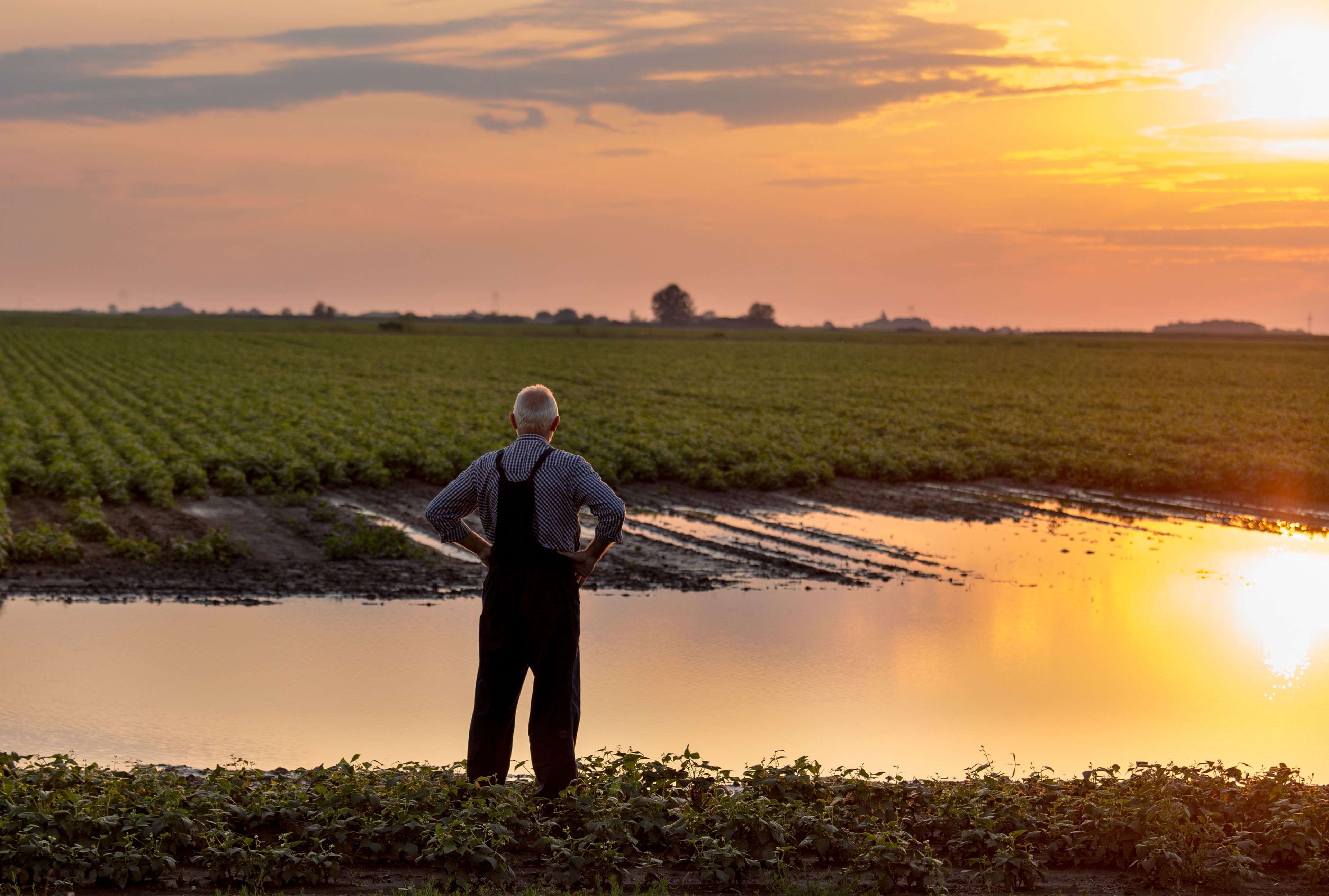The more valuable the opportunity, the more likely it is that multiple companies and technologies will compete for market share. That doesn't mean a particular market cannot support multiple players, but it may mean investors need to accept that their favorite company won't go unchallenged for dominance. An example of this is beginning to emerge for renewable oils and bioproducts manufacturer Solazyme (SZYM +0.00%) in the nutritional ingredients space, which may become the company's largest market opportunity. It will certainly be among the most profitable.
Where's the newly identified potential competition? A new partnership between Synthetic Genomics and Archer Daniels Midland (ADM +0.23%) will commercialize omega3 DHA for human and animal feed applications. That sounds pretty innocent, but the pair will commercialize a heterotrophic algae platform and seek to expand their agreement to additional ingredients in the coming years. That type of platform should sound familiar, as should Archer Daniels Midland. After all, Solazyme is using the company's fermentation facility in Clinton, Iowa, to produce commercial quantities of products.
While it sounds worrisome at first glance, and competition may be emerging, I don't think Solazyme investors should necessarily be worried. However, the partnership with Synthetic Genomics may be something to keep an eye on. Here's why.
Why Solazyme is safe for now
For starters, I don't see any overlap between omega3 DHA and any of Solazyme's nutritional products, which includes at least three powders and several tailored oils. As Synthetic Genomics stated in its press release (emphasis added for discussion below):
DHA is a long-chain omega3 fatty acid that has been studied for its role in brain, heart and eye health. While it is typically found in fish and seafood products, extracting DHA directly from algae grown in fermentation tanks yields a highly purified form of DHA, which can then be used as a dietary supplement for humans and in animal feed.
Solazyme's tailored oils, Whole Algal Flour, Whole Algal Protein, and Golden Chlorella High Protein products aren't threatened by omega3 DHA. Additionally, it appears that Synthetic Genomics is partnering with Archer Daniels Midland to produce and market its products, while Solazyme is attempting to handle everything from production to marketing on its own after the Roquette fiasco. So there's a difference of commercialization strategy, too, which may also explain why Archer Daniels Midland and Solazyme haven't formed a nutritional ingredients partnership.
That doesn't mean future products won't overlap or that Archer Daniels Midland and Solazyme won't go head-to-head with their nutritional products. The bigger picture is what should get the wheels turning.
Digging deeper
The partnership raises a few questions in my mind. Remember, these are harmless questions that informed shareholders should ask, not questions designed to spook you out of your position. The opportunity for Solazyme remains massive with or without food products or direct competition in the space. The following statement from J. Craig Venter, founder and CEO of Synthetic Genomics, should get you thinking:
This agreement is a major accomplishment for SGI as it represents commercial validation of our science and technology. We are eager to continue to work with ADM to develop other unique and nutritionally sound food and nutraceutical ingredients.
There are plenty of food and nutraceutical ingredients to choose from, but a quick look at Archer Daniels Midland's foods and wellness business could provide a short list of targets.

Source: Archer Daniels Midland.
A number of the listed ingredients are already produced from fermentation and could probably stand to have their processes further optimized by a synthetic biology powerhouse such as Synthetic Genomics. However, if the company decides to produce proteins through fermentation, there could be some tension between Solazyme and Archer Daniels Midland. Similarly, there are numerous other food ingredients (link opens PDF) offered by the agricultural giant that could be produced by Synthetic Genomics and step on the toes of Solazyme, such as cocoa products and high oleic oils (link opens PDF).
Will the new partners target unique markets or simply those representing the most value (high oleic oils)? Will they seek to do so with heterotrophic algae (Solazyme hasn't patented or engineered them all) or other host organisms? Will this lead to friction between Solazyme and Archer Daniels Midland?
Foolish takeaway
Let's be clear: this is far from Threat Level Roquette. Synthetic Genomics not close to challenging Solazyme in terms of development, but I certainly wouldn't underestimate the company's technological capabilities or Venter's brazenness. He did, after all, directly challenge Google in the race to pioneer products to increase human longevity. But there's no guarantee that Archer Daniels Midland will seek to commercialize other food ingredients with Synthetic Genomics or ingredients that overlap with Solazyme's product portfolio.
Additionally, investors should realize that companies often share services and know-how, which makes it quite possible that individuals working at Synthetic Genomics aided Solazyme in scaling its heterotrophic algae platform. Either way, I think the market opportunity for novel and more sustainable food ingredients is large enough to support multiple major players, even if they have overlapping platforms and ingredients. This is simply something for Solazyme investors to put on their radars.






